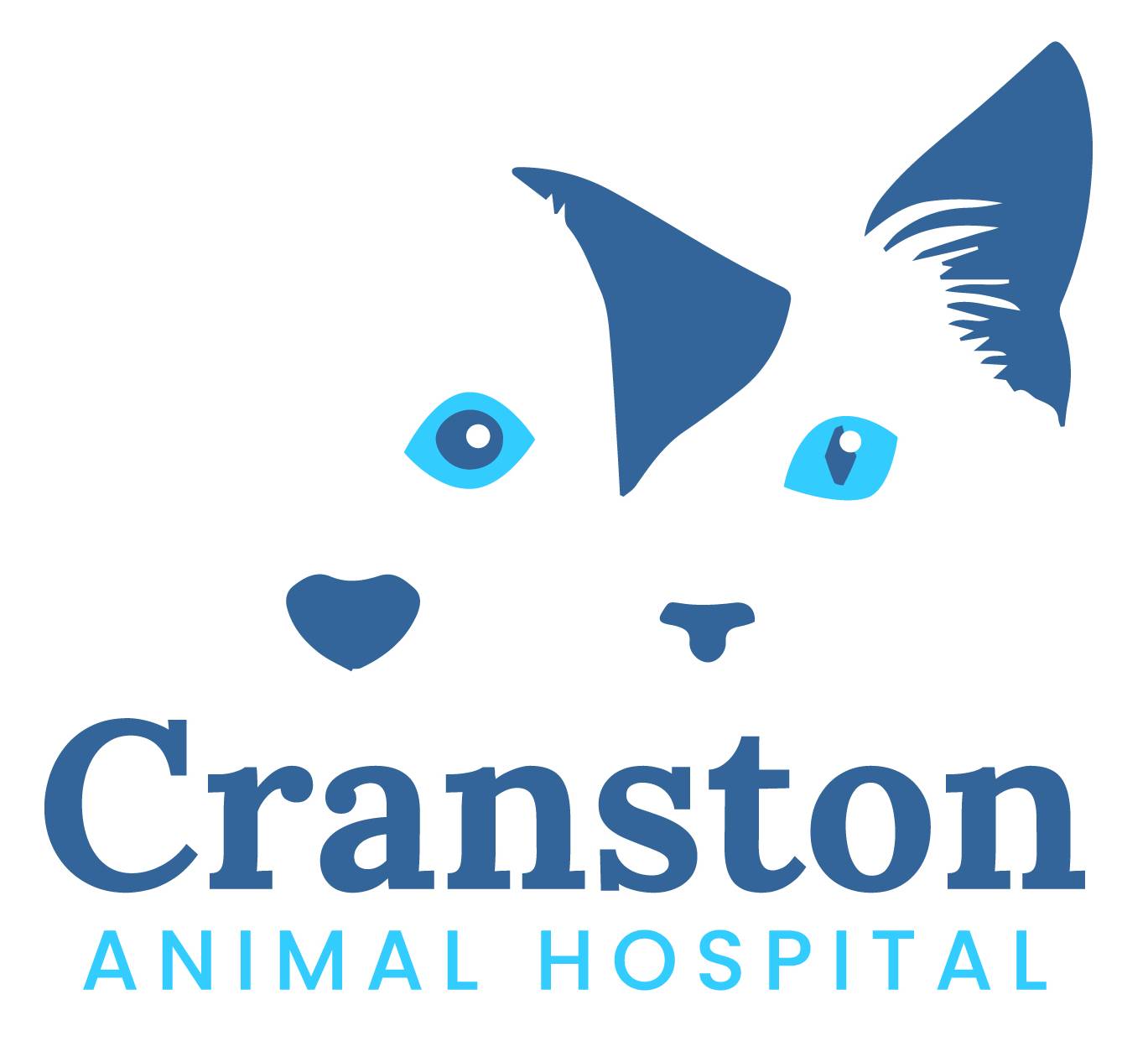Feline Spay Release Form
Save time during your appointment. Complete your feline spay release form online from any device before your visit.
Feline Spay Release Form
Please fill out this form as completely and accurately as possible so we can get to know you and your pet(s) before your visit.
OR
You may use the PDF version by clicking the DOWNLOAD FORM button and completing the printed form by hand. Please bring the completed PDF form for your pet’s appointment.
